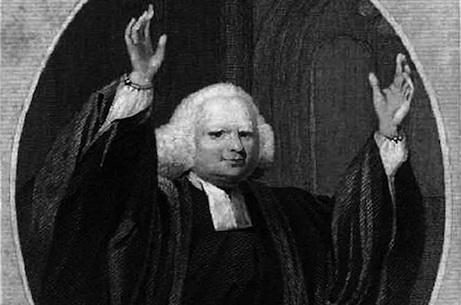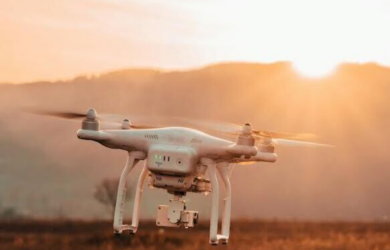
New research co-authored by Gates Cambridge Scholar Braxton Boran looks at the potential size of the crowd who gathered to hear the Anglican preacher George Whitefield in the 18th century.
How many people heard the great speeches of the past – from the Gettysburg Address to the Sermon on the Mount – and just what could they hear?
New research by Gates Cambridge Scholar Braxton Boran [2009] and Agnieszka Roginska at New York University’s Music and Audio Research Lab studied the potential size of the crowd who gathered to hear the Anglican preacher George Whitefield in the 18th century. At the time it was estimated that crowds of up to 80,000 came to hear the preacher, who was described as having a voice “like the roar of a lion”.
Benjamin Franklin, then the publisher of the Pennsylvania Gazette in Philadelphia, doubted that one man could speak to so many people so when Whitefield arrived in Philadelphia, Franklin performed an acoustic experiment to predict how many people could have heard Whitefield’s voice. Franklin walked backwards from the crowd listening to Whitefield and measured the distance at which his voice ceased to be intelligible. Based on this radius, Franklin estimated that more than 30,000 people could have heard Whitefield speak at once.
The researchers say that, while cutting-edge for its day, Franklin’s experiment left out many important acoustic factors that could have affected the result and that acoustic computer modelling can give a more accurate answer to the range of the unamplified human voice.
They used period maps and drawings of Philadelphia along with archaeological and temperature data to construct a computer model of Philadelphia at the time, including potential background noises.
They then calculated the density of the crowd based on “solid” crowd conditions, which is usually about 0.5 square meters per person.
They say that in the Mayfair and Moorfields areas of London, it would not have been possible for reported crowds of 80,000 and 60,000 people respectively to hear Whitefield’s voice even under optimistic acoustic conditions, and if the crowd was noisy or Whitefield was feeling hoarse, they state that the maximum number of listeners would have decreased sharply. However, at Kennington Common, the most wide-open of the three sites, they believe that the largest reported crowd of 50,000 could have heard Whitefield’s voice under optimal conditions.
They estimate that Franklin’s overall method of estimating the acoustic range of the voice was fairly accurate, although he based his calculations on an overly dense crowd.
The researchers, who presented their findings at a meeting of the Acoustical Society of America in San Francisco in December, say: “Without a time machine, we will never know these crowd sizes exactly, but by applying scientific techniques to historical data we can still discover new pieces of the past that had previously been lost.”
Braxton Boren did an MPhil in Physics at the University of Cambridge, supported by a Gates Cambridge Scholarship.
Picture credit: Joseph Belcher via Wikimedia Commons.












